Radar Modules
For our radar modules we are using several radar frontends from different vendors. Depending on the architecture the radar frontend, the module includes beside the RF frequency components also the baseband circuitry and AD conversion of the radar intermediate frequency signals.
There are several differences in the used radar frontends toploogy:
- internal or external antennas
- number of Tx and Rx antennas
- usable with a dielectric lens for focussing beam
- max. supported bandwidth
- integrated baseband circuit
- resolution and accuracy
Each application has specific requirements which are best covered from one of the above radar frontend topolgy. We will support you in finding the best suited radar module for our application.
Used Radar Frontends
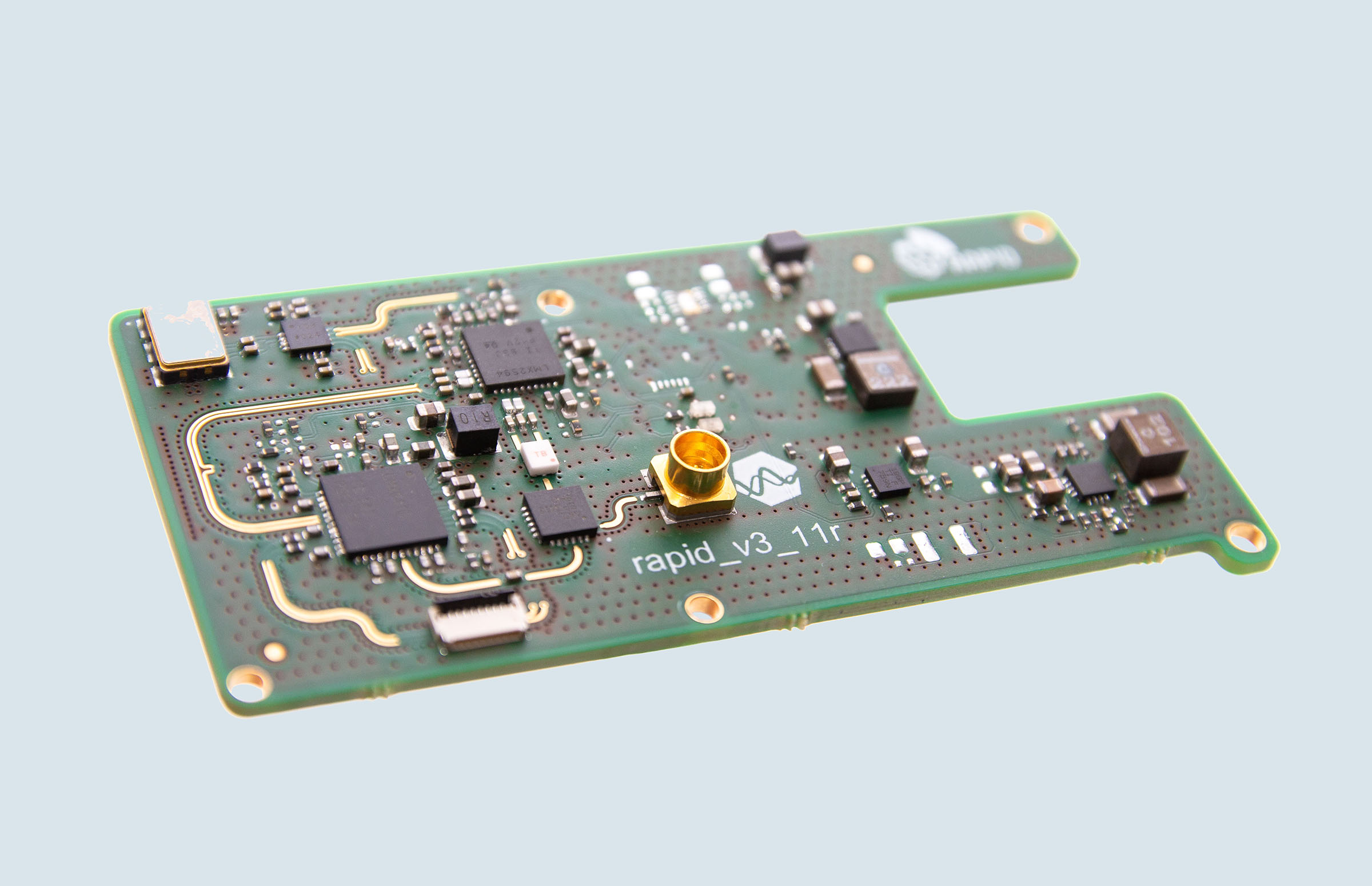
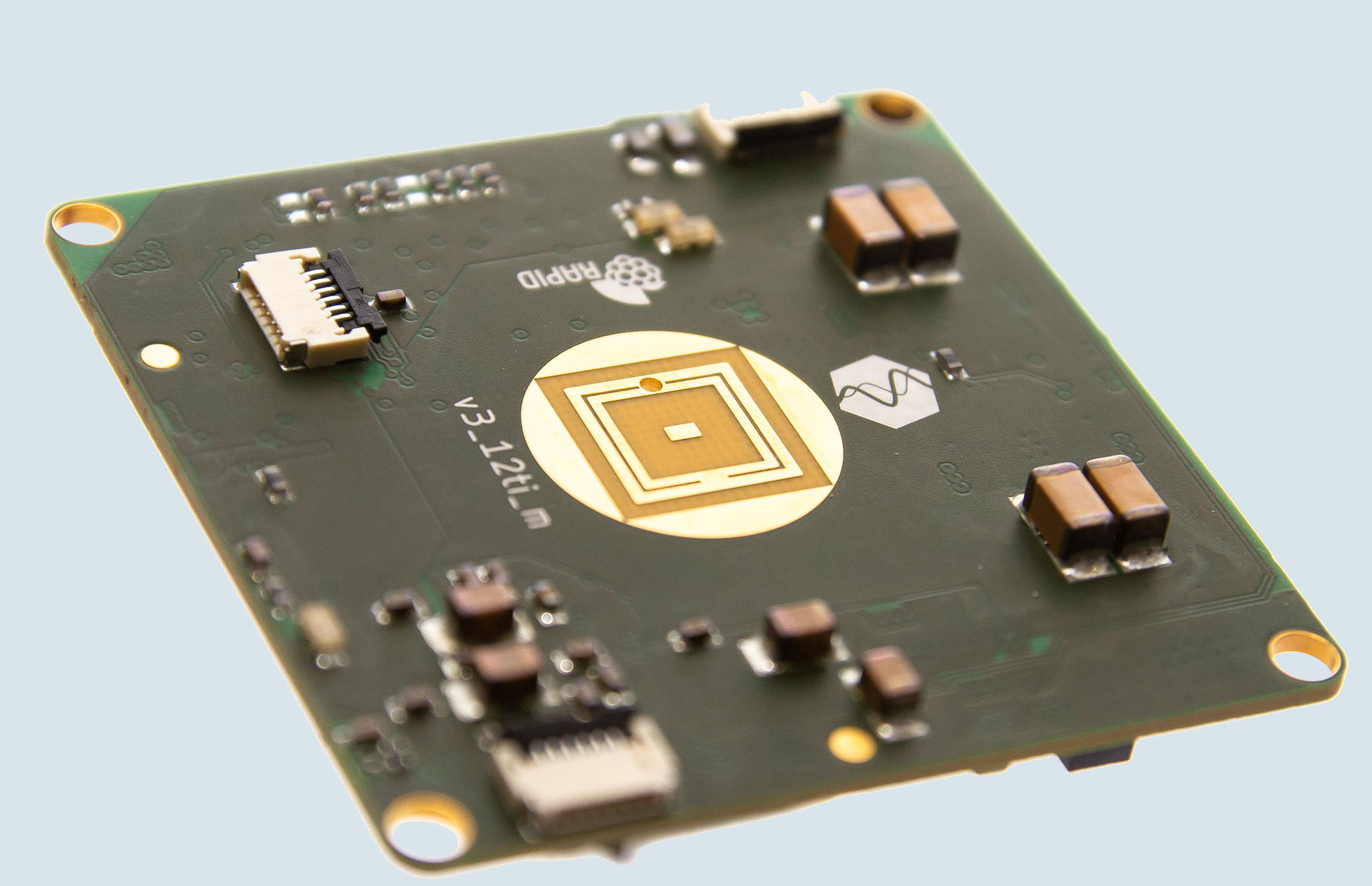
The 4-10 GHz radar module is realized with discrete ICs. A monostatic and a bistatic version of this system is available.
The frontends from TI @60 and 77 GHz also have a powerful hardware accelerator unit (HWA) and a Cortex-M4 integrated which makes a complex signal processing within the radar frontend possible. At the moment we have 3 different PCB versions for the IWR1443 available.
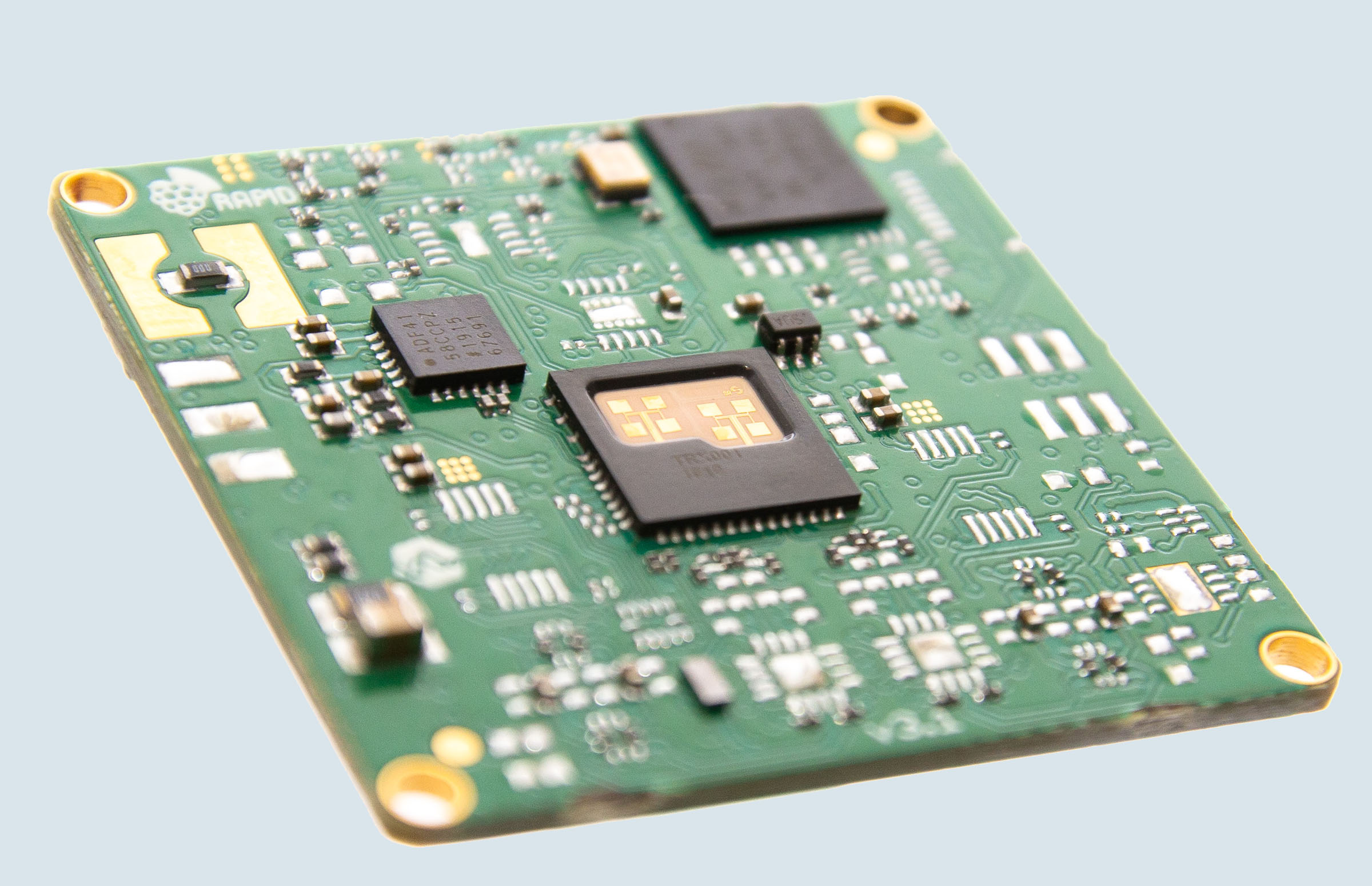
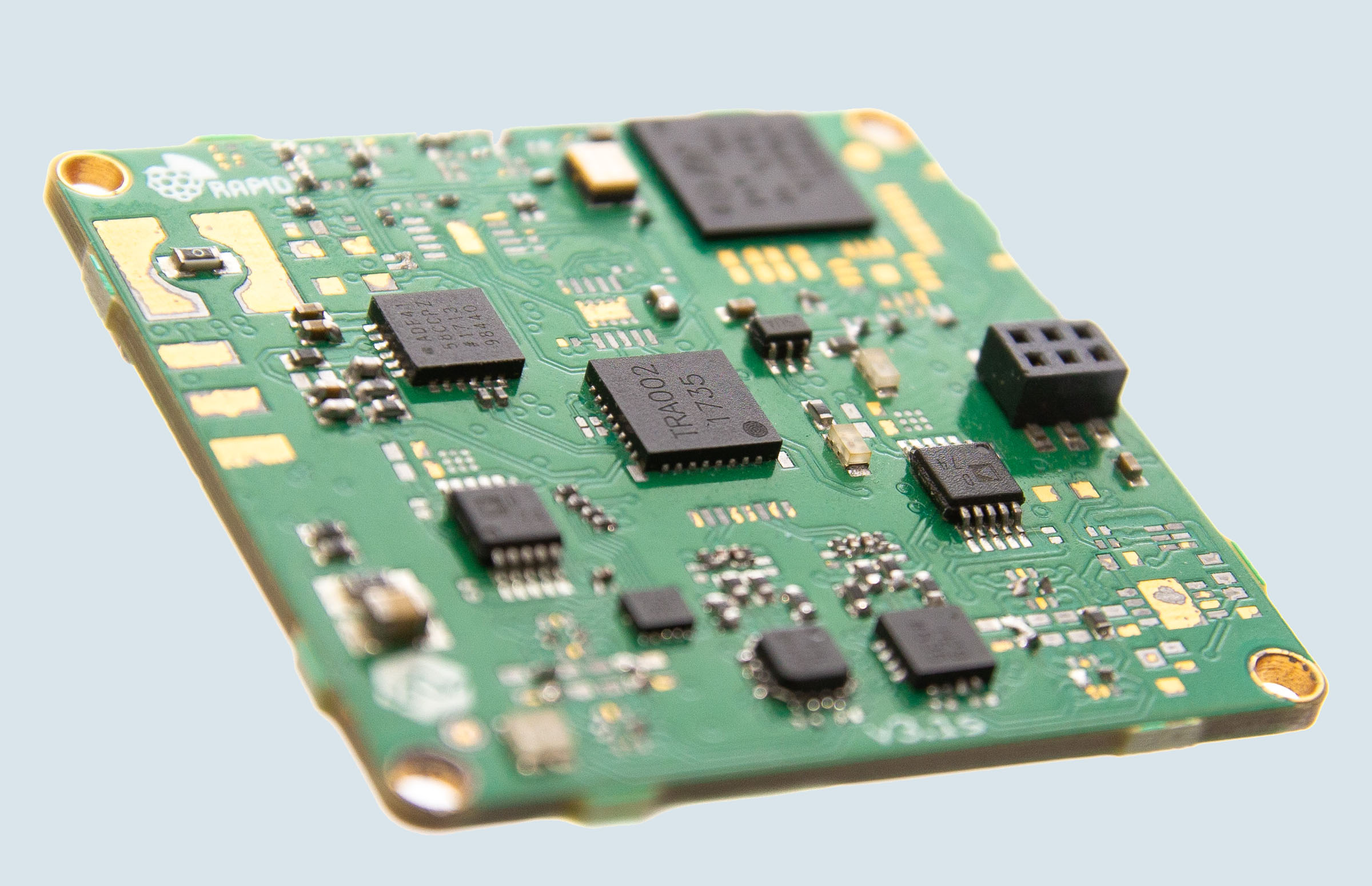
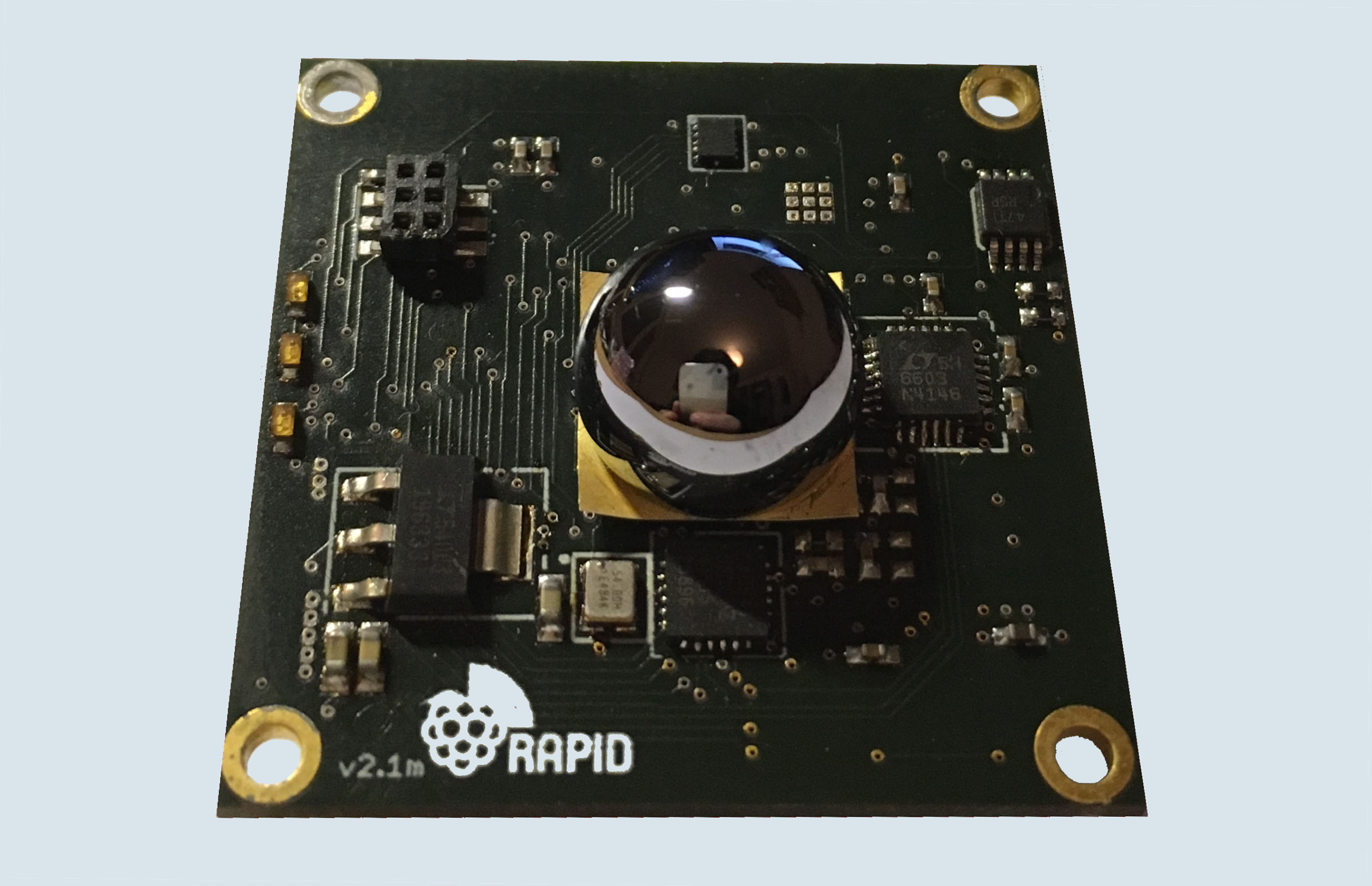
The radar frontends from indie Semiconductor are analogue frontends, which means that the baseband circuitry is realized with discrete components. We have the official 122 GHz frontends available and in addition access to preliminiary ICs with very high banwidth.
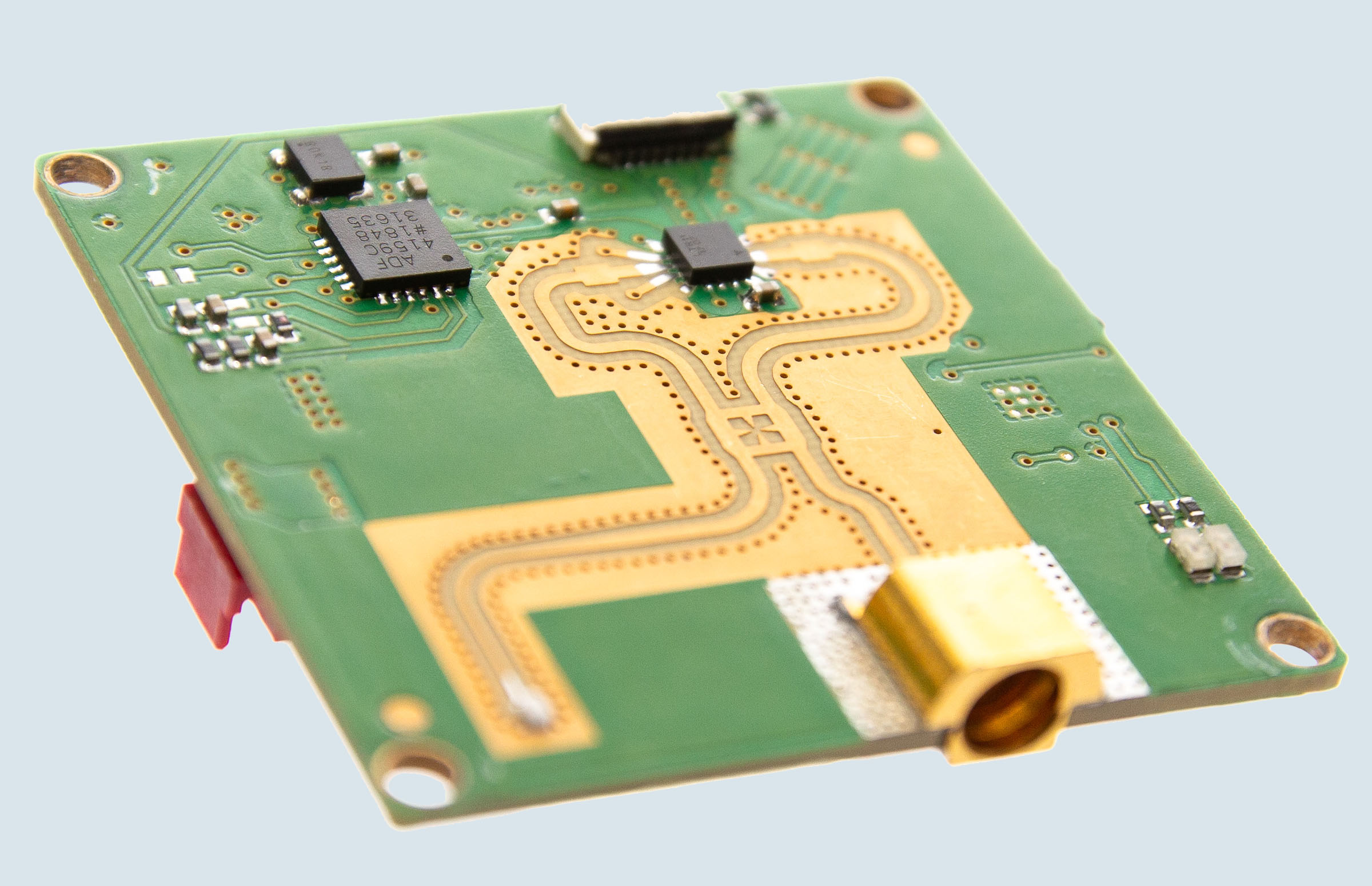
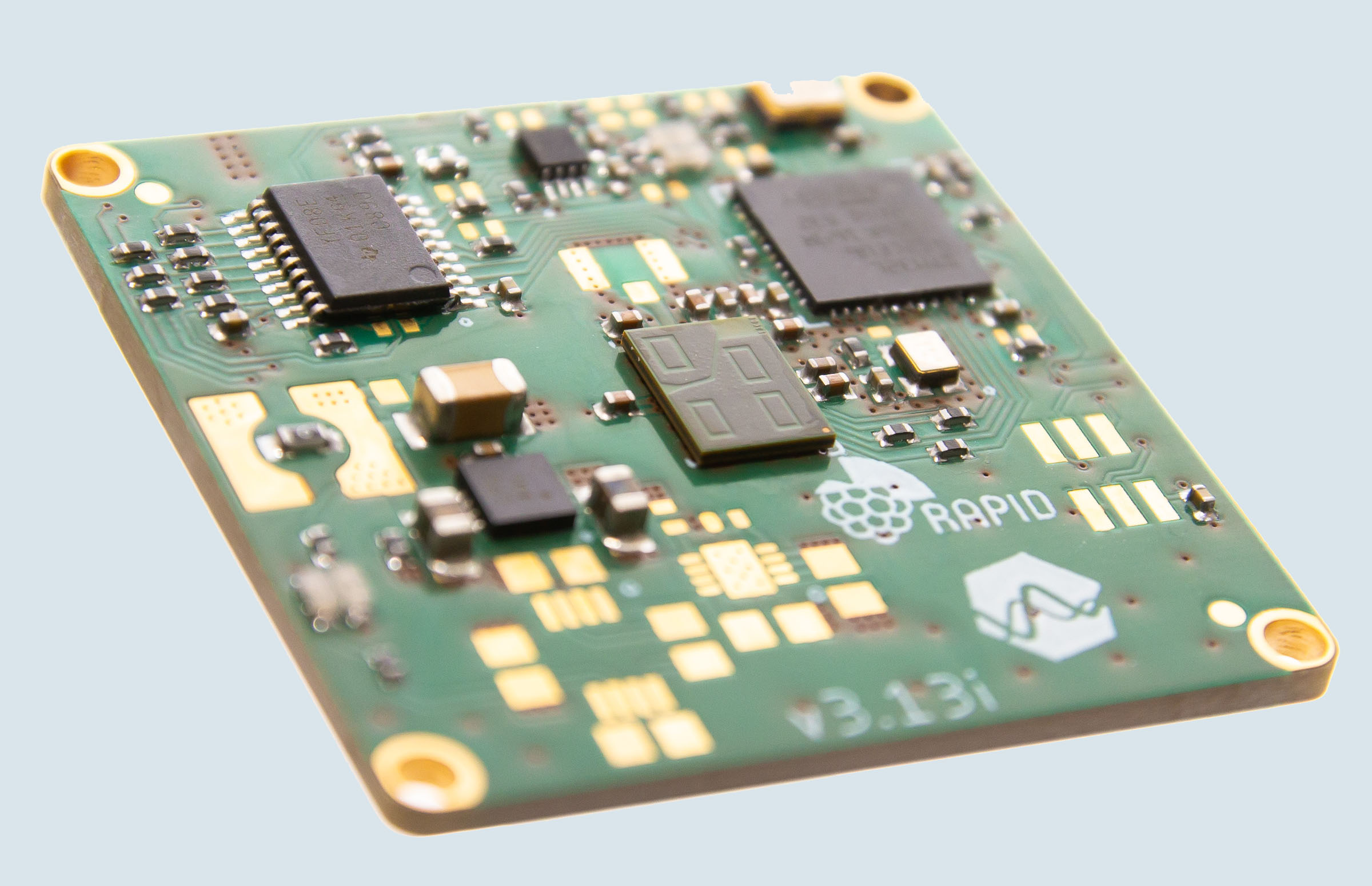
The 24 GHz frontend is mainly used in a monostatic configuration in CW mode by connecting an external antenna with an coaxial cable.
The 60 GHz frontend is used as multi-purpose sensor. It's very small in size, has integrated antennas, low power consumption and 1 Tx / 3 Rx antenna configuration.
Application Requirements
Depending on your application we will support you by finding the best suited radar frontend. Therefore the following requirements should be clarified:
- Power consumption
- Frequency regulations
- Beam spot (e.g. measurement distance and target)
- Single or multi target calculation
- Angle resolution and accuracy needed
- Module price
- Distance or movement measurements
- Short descriptions of application

